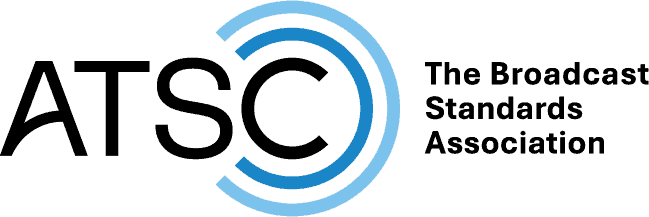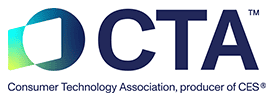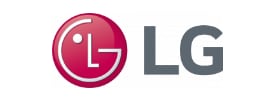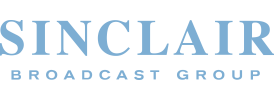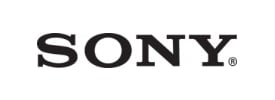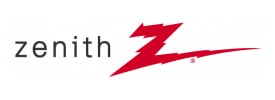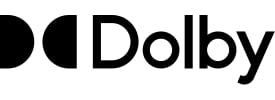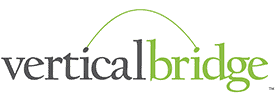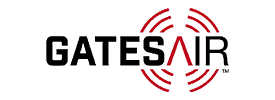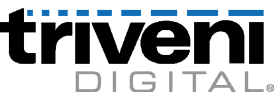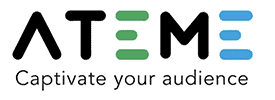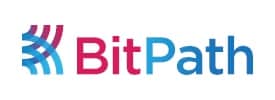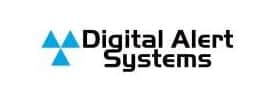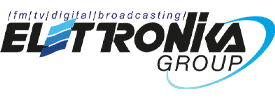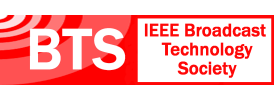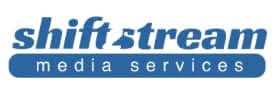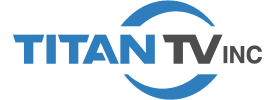- About
- Members
- Sponsors
- Subcommittees
- Technical Documents
- News
- Events
- Spotlight ATSC 3.0
- Contact Us
- Member Login
- Member Meetings
- Advanced Search
Search Site
Member Links
- About
- Members
- Sponsors
- Subcommittees
- Technical Documents
- News
- Events
- Spotlight ATSC 3.0
- Contact Us
- Member Login
- Member Meetings
- Advanced Search
ATSC Members Approve Three More ATSC 3.0 Standards!
Posted on October 5, 2016 in ATSC News
ATSC members have ratified the Link Layer Protocol and Audio and Video Watermark Emission standards to be part of the ATSC 3.0 suite of 20 standards and recommended practices. At the same time, three new Proposed Standards and two new Candidate Standards are moving forward within TG3, the ATSC Technology Group charged with developing and documenting ATSC 3.0.
“The latest ATSC 3.0 standards will help future devices transport incoming data and provide for both audio and video watermarks in future content broadcasts. These are each important elements that will give ATSC 3.0 remarkable flexibility,” says ATSC President Mark Richer.
The three new standards join two others (the A/322 Physical Layer and A/321 System Discovery and Signaling standards) already approved by ATSC members. Other parts of ATSC 3.0 are “rapidly moving through the standardization process,” Richer adds, highlighting the technical details on the three newest ATSC 3.0 standards:
- The Link Layer Protocol Standard (A/330) defines the layer between the physical layer and the network layer. The link layer transports the data from the network layer to the physical layer at the sending side and transports the data from the physical layer to the network layer at the receiving side. The ATSC Link-Layer Protocol also optimizes the proportion of useful data in the ATSC 3.0 Physical Layer, by means of efficient encapsulation and overhead reduction mechanisms for IP and MPEG-2 TS transport. Extensible “headroom” for future use is also provided.
- The Audio Watermark Emission Standard (A/334) specifies the audio watermark encoding for use with systems conforming to the ATSC 3.0 family of specifications. This standard specifies the format in which the audio watermark resides in an uncompressed audio signal.
- The Video Watermark Emission Standard (A/335) specifies the emission format for video watermarks used in ATSC 3.0 broadcasts. The video watermark technology provides the capability to robustly embed ancillary data in the transmitted pixels of a video signal. It provides a data path for its ancillary data payload that can readily survive changes in video compression data rate, transcoding to other video compression codecs, and delivery over legacy consumer HDMI interfaces.
TG3 just approved the Scheduler and Studio-to-Transmitter Link (STL) Candidate Standard (A/324). This standard specifies the protocol on the Studio to Transmitter Link (STL) interface from studio side infrastructure to transmitters (including Single Frequency Networks (SFN)). It also defines possible interfaces among the studio infrastructure, specifies certain constraints on the scheduling of content and signaling on the physical layer, and describes controlling transmitter operation parameters with protocols over an STL.
In October, TG3 members are voting to elevate three ATSC Candidate Standards to Proposed Standard status:
- The Service Announcement Candidate Standard (A/332) defines announcement of services in an ATSC 3.0 broadcast. The Service Announcement specifications define the data formats and delivery mechanisms used to create Electronic Service Guides (ESG) for the content and services being delivered, or scheduled for delivery, in ATSC 3.0 broadcasts.
- The Service Usage Reporting Candidate Standard (A/333) defines service usage reporting for ATSC 3.0.
- The Captions and Subtitles Candidate Standard (A/343) defines the required technology for closed caption and subtitle tracks over ROUTE-DASH and MPEG Media Transport (MMT.) This includes the content essence, the packaging and timing, and the transport-dependent signaling.
Another new TG3 ballot would move the A/360 Security draft document to Candidate Standard Status. This document specifies the mechanisms for security and service protections in ATSC 3.0 systems.
Posted in ATSC News
News Categories
News Archives
Subscribe
Subscribe to The Standard, our monthly newsletter. Learn More
Join ATSC
ATSC is a membership organization with both voting and observer categories. Voting members include corporations, nonprofit organizations, and government entities, and they participate actively in the work of ATSC. Observers are individuals or entities not eligible to be a voting member.
Subscribe to our Newsletter
Subscribe to The Standard, our monthly newsletter, to stay up-to-date with ATSC news and events around the world.
Site Links
Contact Us
Advanced Television Systems Committee, Inc.
1300 I Street NW, Suite 400E
Washington, DC 20005
Do you have questions about ATSC?
About ATSC
The Advanced Television Systems Committee, Inc., is an international, non-profit organization developing voluntary standards and recommended practices for digital terrestrial broadcasting. ATSC member organizations represent the broadcast, broadcast equipment, motion picture, consumer electronics, computer, cable, satellite, and semiconductor industries. ATSC also develops digital terrestrial broadcasting implementation strategies and supports educational activities on ATSC standards.
© 2025 ATSC
